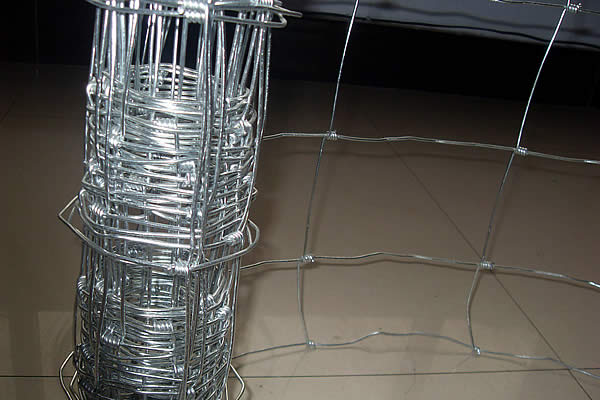 TEL:
+86-13102802206
TEL:
+86-13102802206
 Email:
fencenetting@china.com
Email:
fencenetting@china.com
 Language
Language
 TEL:
+86-13102802206
TEL:
+86-13102802206
 Email:
fencenetting@china.com
Email:
fencenetting@china.com
 Language
Language


The Importance of Soldering Cleaning Wire in Electronics
Soldering is a fundamental process in the world of electronics, essential for creating reliable connections in circuits. However, while soldering is crucial, so is ensuring that the soldered joints are clean and efficient. This is where soldering cleaning wires play a vital role. In this article, we will delve into the significance of soldering cleaning wire, its types, and best practices to maintain the integrity of soldered connections.
What is Soldering Cleaning Wire?
Soldering cleaning wire, often referred to as solder wick or desoldering braid, is a tool used during the soldering process to remove excess solder from a joint. This removal is critical because excess solder can lead to short circuits, unreliable connections, and various other issues in electronic devices. The cleaning wire absorbs the molten solder when heated, allowing technicians to create neat and precise connections.
Types of Soldering Cleaning Wire
There are mainly two types of soldering cleaning wire available in the market
1. Copper Solder Wick This type consists of fine copper strands woven together. When used correctly, it absorbs solder due to capillary action. The copper braid is efficient for desoldering; however, it may leave behind a slight residue, which necessitates further cleaning with isopropyl alcohol (IPA).
2. Anti-Static Solder Wick This type is designed to minimize static discharge, making it suitable for sensitive electronic components. It often includes a coating that helps improve solder absorption.
Choosing the correct type of cleaning wire depends on the application and the components involved, ensuring optimal performance in the soldering process.

Best Practices for Using Soldering Cleaning Wire
Using soldering cleaning wire effectively requires some know-how. Here are best practices to follow
1. Prepare the Work Area Ensure your soldering station is clean and well-lit. Organizing your tools can prevent accidents and ensure efficient workflow.
2. Heat the Solder Joint Before placing the soldering cleaning wire on the joint, heat the solder joint with a soldering iron. This helps the solder to flow into the wire.
3. Position the Cleaning Wire Correctly Once the solder is melted, place the cleaning wire over the solder joint. It’s essential to use a wire that is wide enough to cover the entire joint.
4. Apply Pressure Gently Press the cleaning wire lightly with the soldering iron. This activates the capillary action and ensures that the wire effectively absorbs the solder.
5. Check and Clean After removing the solder, inspect the joint for cleanliness. If residue remains, use isopropyl alcohol and a brush to clean the area, ensuring that no contaminants affect the soldering performance.
Conclusion
Soldering cleaning wire may seem like a minor component in the soldering process, but it plays a critical role in ensuring clean and effective electrical connections. By understanding its application and adhering to best practices, technicians can enhance the reliability and longevity of their electronic devices. The investment in good quality solder wick or cleaning wire is also an investment in the overall quality of work, leading to fewer repairs and greater trustworthiness in electronic assemblies. In a field where precision and cleanliness are paramount, the importance of soldering cleaning wire cannot be overstated.